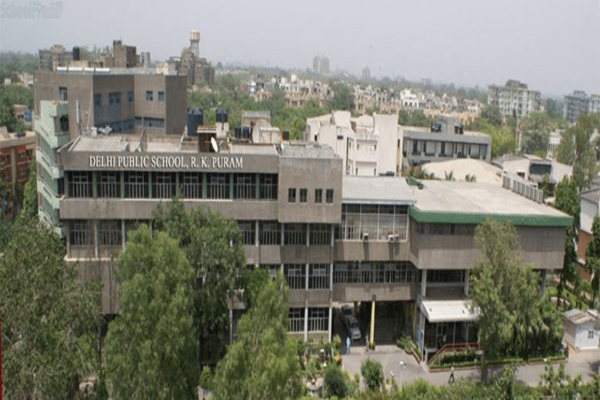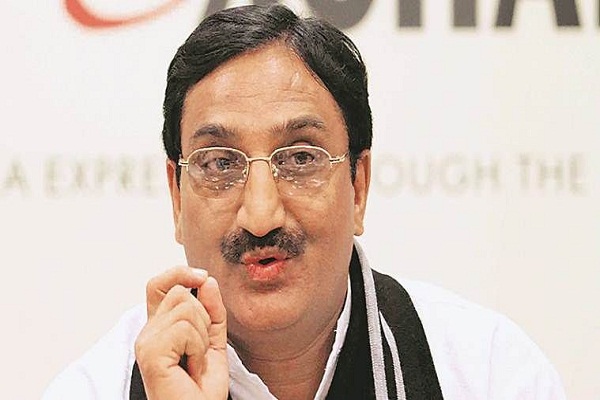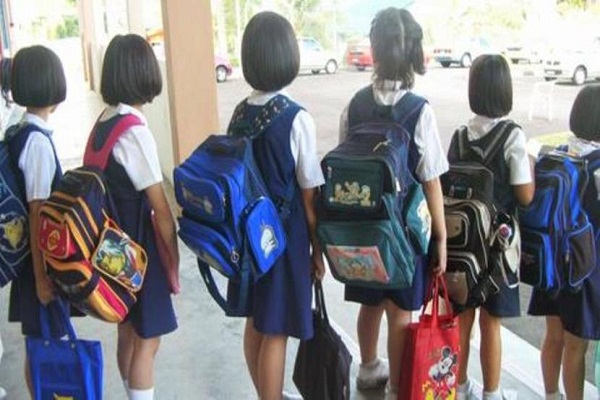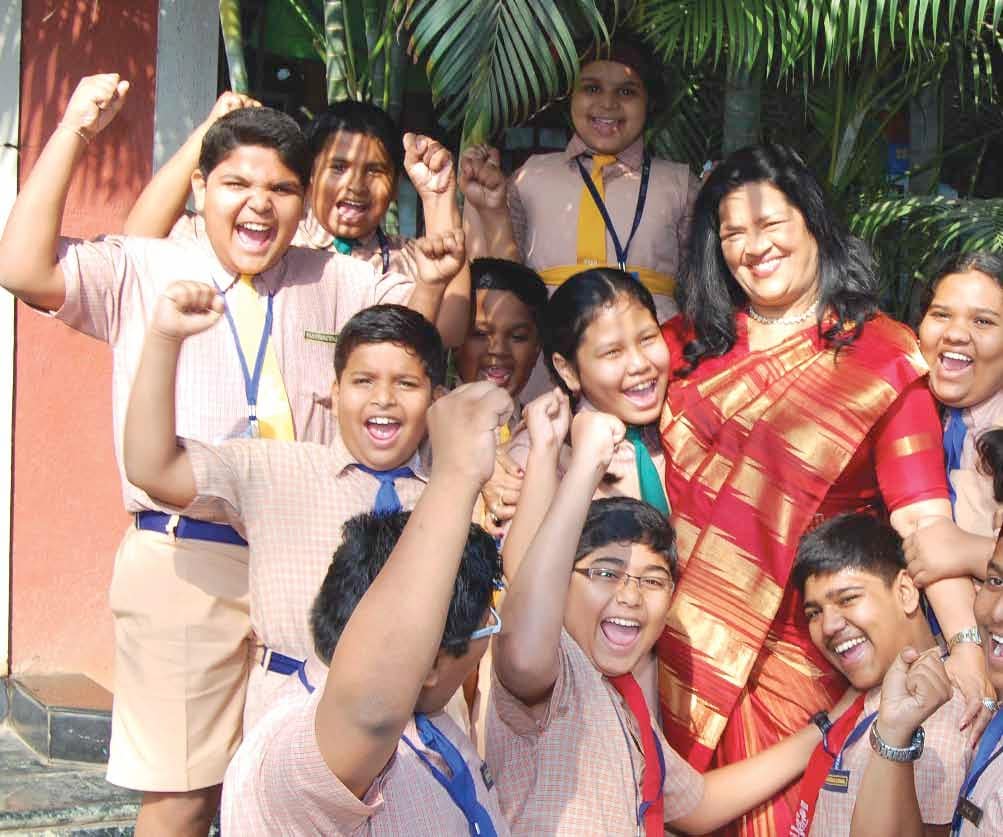
Grace Pinto
Managing Director,
Ryan Group of Institutions
At Ryan, we follow a very simple, profound philosophy – excellence in education and all-round development. We manage to make a ‘difference,’ because besides being spiritual, and value-based, we also have a commitment to ensuring child-centred pedagogy. We believe in providing holistic development to the child…
Please tell us about the growth story of Ryan Group of Schools. What motivated the Founder Chairman, Dr Augustine F Pinto, to start this venture?
Nearly three decades ago, our Founder Chairman, Dr A F Pinto, was motivated to begin a school. He was passionate about enabling every child in the country to have access to quality education. He was also inspired by the fact that there was a growing demand for schools in the northern suburbs of Mumbai. The whole idea was to equip children with life skills, which enable them to face challenges of a changing world and empower them to be socially responsible leaders, who stay focused in spite of the many trials on various fronts. Joining him on this learning journey was a natural progression considering it is hardly possible to be untouched by his visionary leadership.
The last three decades, the Ryan Group has grown to be a large network of over 120 K-12 institutions in 15 states of India
and overseas. We began our first CBSE School in Delhi region in 1991. While we acknowledge our LORD, we are also grateful for the people He blessed us with – the various stakeholders both within and outside of our school community, starting with our dear students, the staff, our parent community, those behind the scenes, and our well-wishers. We are a testimony of His grace being sufficient, as we have sought doing our best in offering quality holistic education to the children of our nation.
What were the key challenges that you faced while setting up the brand?
Challenges are meant to strengthen character and as such the nature of the challenges we have faced have only caused us to stay grounded and rooted in values and our faith. The challenges were varied and complex in nature and largely a result of misperception. It has been a good and humbling experience to be in the lifelong learning mode- “learning from and for life” while in leadership. Apart from that the key for us to succeed has not just been to learn from our experiences, but also to anticipate
Future plans of Ryan Group
• Integrate technology appropriately to facilitate the teaching learning process. Invest in leadership and teacher development and training.
• Focus on pedagogical leadership in our schools for better learning outcomes.
• Support the cause of sports, social service and love for the nation.
• Be the prime choice for parents who aspire for better education for their students. and act ahead to enable preventive action as far as possible.
Like all segments, education also has its positives and areas of concern. Today as the education sector has been privatised, there is a whole lot of competition. It is becoming increasingly important to stay ahead in this segment of education and innovate and be progressive in approach. The approach has to be fine tuned with the changing trends in global education and leadership.
What are the opportunities that you found and what are your strengths?
We have learnt firsthand that every challenge presents an opportunity to learn and grow, and learn again. Every experience whether good, bad or ugly has posed as an opportunity for us to learn anew and march forth. Since the vision is clear to us, we aspire for our efforts to be aligned with the vision of encouraging “all round development.” Thankfully perception about what truly constitutes education is evolving and we are grateful to our parent community for embracing change over time and being more receptive to arts being integrated in the educational process. Our activities reflect the understanding that the key task in imparting quality education also involves pursuing sustainable development in the economy, ecology and social well being of all. Although an incredibly challenging journey, the opportunity of meeting the educational needs of the nation has been humbling experience. However, we can say that we have achieved a lot within a short span of time as we now cover a large part of the country and have also spread our wings globally.
Our strength is Christ and the hope He offers each day to enliven and make a difference to every person, thus investing long term in the nation’s wealth (our students).
What distinguishes Ryan from the other group of schools?
At Ryan, we follow a very simple, profound philosophy – excellence in education and all-round development. We manage to make a ‘difference,’ because besides being spiritual, and value-based, we also have a commitment to ensuring child-centred pedagogy. We believe in providing holistic development to the child.
Our objective is to nurture children, so that they not only excel academically, but become empowered citizens with life skills to thrive. Being in the field of education for the past three decades, we have attempted to develop best practices for ourschools, encouraging sports and extracurricular activities at the state, national and international levels. Ryan Group has been recorded more than 8 times in the Limca Book of Records in various academic and extra-curricular activities. We have launched world-level events like Indian Model United Nations (INMUN), International Children’s Festival of Performing Arts (ICFPA) and IAFA (Iceplex Ad Film Awards) amongst many others which provide international exposure to our students.
Since our approach is also to provide hands-on learning experience for children, especially in sports we have collaborated with the best in the industry like Mahesh Bhupathy for tennis, Baichung Bhutia for football and Vishwanathan Anand for chess to bring world-class coaching to our children.
Transcending the territorial limits, Ryan has opened wide the doors for exchange of ideas and multicultural learning experiences to our future citizens to explore the potentials of an international interface. Values with sound knowledge and the wisdom to use it constructively provide the differential factor to our students at Ryan.
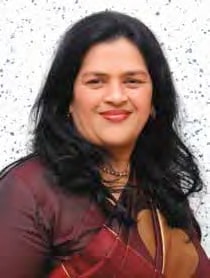 Transcending the territorial limits, Ryan has opened wide the doors for exchange of ideas on multicultural learning experiences. The idea is to enable our future citizens to explore the potentials of an international interface
Transcending the territorial limits, Ryan has opened wide the doors for exchange of ideas on multicultural learning experiences. The idea is to enable our future citizens to explore the potentials of an international interface
The Indian government has come up with the policies like Right to Education (RTE) & Continuous and Comprehensive Evaluation (CCE). What are your perspectives on this?
While there is reasonable focus on higher education, there is dire need for systemic reform in the area of secondary and primary level education. Moreover, teacher and leadership training and development deserve attention if the lives of our future leaders and global citizens are going to be shaped by them. The well being of millions of children who are waiting to be brought under the influence of education largely depends upon the easy access to their Right to Education (RTE) while studying the most feasible way to do so.
Continuous and Comprehensive Evaluation, which has been introduced in recent past is getting implemented across all streams of School Education, and it covers all aspects of student’s development with both Formative and Summative Assessment. CCE helps in improving student’s performance by identifying his/ her learning difficulties at regular time intervals right from the beginning of the academic session and employing suitable remedial measures for enhancing their learning performance. CCE has already been implemented in all our schools. Introduction of ERP in the school will definitely improve the CCE system at large. This also empowers students with selfassessment. Our schools have been at the forefront of adopting innovations and modern practices to ensure that there is a continuous enhancement in the overall quality of teaching and learning.
Over the last three decades Ryan has been serving the cause of providing quality education and it will continue to spread quality education in all corners of the country.
The traditional system of education is undergoing a change by introducing digital methods of teaching. So how proactive has the school been in accommodating such methods of teaching?
ICT has in fact attracted attention of academia, business, government and communities to use it for innovative profitable propositions. 21st century is characterised by the emergence of knowledge based society wherein ICT plays a pivotal role.
As the importance of digital pedagogy in school education is being highlighted, and being aware that children are very comfortable with modern technology, we have already incorporated the ICT tools to enhance the learning experience amongst our students. Most of our schools are affiliated to ICSE, CBSE and IB-IGCSE and understandably ICT is part of the academia. Besides ICT being one of the regular subjects, we have facilitated and partnered in the creation of various technology platforms like myschool.in.com to enhance communication and learning experience. We are in the process of working with some leading entities in this space to enhance the usage of digital methodology in our schools.
Ryan was among the first group of schools to include computer education in the curriculum, way back in the early 1990’s. We in the process of understanding the feasibility of digital books for our staff and students and believe in embracing change, using it to make education more engaging and meaningful. Our schools are established to develop academic and overall development of the students and encourage any effort that helps us do this effectively.
What is your vision for the Ryan Group of Institutions?
Ryan has been at the forefront of changing the paradigm of education. We are now gearing ourselves up for the next level of growth. We hope to leverage technology in offering quality education to inaccessible parts of India and enable the children to benefit from high quality English medium education.
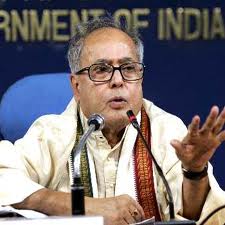 President Pranab Mukherjee has asked vice chancellors and educationists to imbibe Nobel laureate poet and writer Rabindra Nath Tagore’s spirit of universalism and pluralism.
President Pranab Mukherjee has asked vice chancellors and educationists to imbibe Nobel laureate poet and writer Rabindra Nath Tagore’s spirit of universalism and pluralism.







 Ninad Vengurlekar
Ninad Vengurlekar


 The city government on Friday told the Delhi high court that it has started issuing notices to 64 private schools to refund the excess fees charged by them in 2009 without paying salaries to their teaching and non-teaching staff as per the Sixth Pay Commission.
The city government on Friday told the Delhi high court that it has started issuing notices to 64 private schools to refund the excess fees charged by them in 2009 without paying salaries to their teaching and non-teaching staff as per the Sixth Pay Commission. RBI Launches Quiz Competition For Schools
RBI Launches Quiz Competition For Schools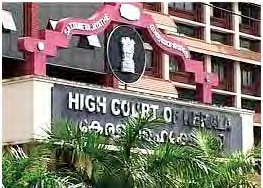

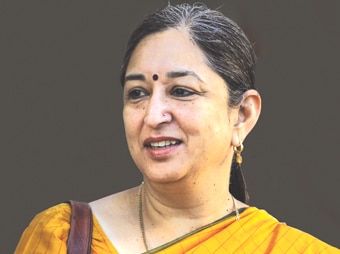 The Welham community has grown from its original ten students to six hundred students. Jyotsna Brar, the present Principal of Welham Girls’ School, Dehradun, in conversation with Pragya Gupta, shares her insights on Modern teaching tools and development in schools of today
The Welham community has grown from its original ten students to six hundred students. Jyotsna Brar, the present Principal of Welham Girls’ School, Dehradun, in conversation with Pragya Gupta, shares her insights on Modern teaching tools and development in schools of today  Pranab K Bose
Pranab K Bose Paul Maidment
Paul Maidment Nirmala Sankaran
Nirmala Sankaran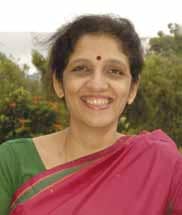 Meena Ganesh
Meena Ganesh











